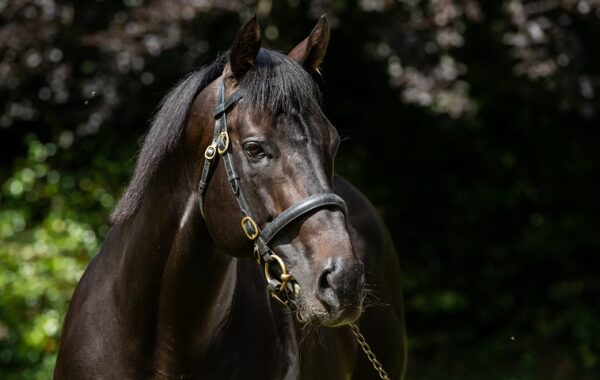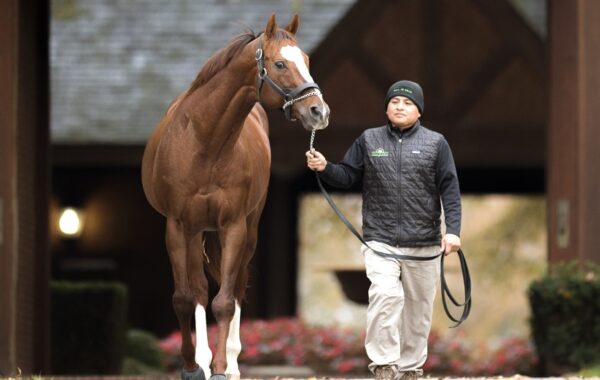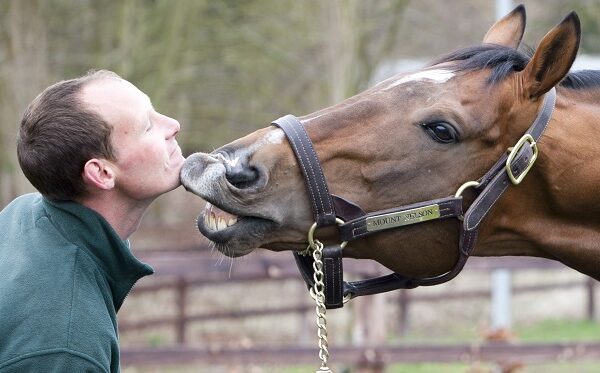We’ve already seen strong renewals for major yearling sales in the UK, France and America and it seems pretty certain that there will be more of the same this month in Ireland at Goffs and England at Tattersalls.
It would seem that reports of the death of the popularity of the American-bred yearling have been greatly exaggerated. As Sid Fernando points out on page 75, the three leading buyers during Keeneland September Book 1 – Darley, Coolmore and Shadwell – are all ‘foreign’ entities with major racing interests in Europe, though, that said, they each have significant investments in stallions and broodmares, not to mention racing stables, in the US, too. How cautious buyers with an intention to race US-breds in Britain will be next year, once the BHA’s stringent new policy on the use of anabolic steroids comes into play, remains to be seen.
While many of the major buyers were in Lexington, Europe’s newest sale of yearlings (leaving aside the various rebrandings and shufflings of existing auctions), the Osarus September Sale, continued to make quiet headway in Bordeaux. Arqana no longer has the monopoly on conducting bloodstock business in a beautiful French seaside resort, though Osarus has a long way to go to match strides with the elite international appeal of the August Sale in Deauville. Despite its recent bolstering by Tattersalls, which has increased its stake in the company to a “major share”, it seems unlikely that this is the aim of the Osarus team.
As the company’s Director Emmanuel Viaud pointed out in this magazine in June, Osarus was set up to offer an alternative outlet for French breeders. This it has achieved – and the fact that, despite an extra day of trade this year, many yearlings were turned away from both its September Sale and Arqana’a October Sale, highlights just how vital this role has become.
Of those active at the sale in La Teste de Buch, there appeared to be genuine contentment with the advances made by Osarus in a short space of time along with a keenness to participate. The polite ripple of applause as the record-breaking top lot was sold – the first horse at any Osarus sale to record a six-figure sum – acknowledged a breakthrough which may have been of little significance at other venues but will have meant a great deal to Viaud and his team as their operation achieves greater recognition on the international circuit. With its focus on stock solely eligible for French premiums and a slot between Europe’s major auction dates, it’s easy to believe that the momentum and popularity of the sale will continue in years to come.
Homegrown stars aplenty
While this Flat season has brought no single stand-out horse as in recent years with Sea The Stars and Frankel, it’s fair to say that we’ve been spoilt by the top gallopers of 2014, which has been a vintage year for the Classic generation in particular. The winners of the Derby, Oaks, St Leger and Irish 2,000 Guineas all carry a GB suffix and will continue to boost the profile of the British-bred thoroughbred overseas, if indeed such a boost is needed.
While seeking future stallion prospects from the jewels on offer at the forthcoming Goffs Orby and Tattersalls October Sales, John Berry touches on the fact that, while many of the best-bred yearlings in Europe race for their breeders and never even come up for auction, the significant investment by international buyers at breeding stock sales in Britain and Ireland means that a number of high-class and well-bred racemares have gone abroad to become broodmares. This is nothing new, and it’s also not a one-way street. Many of the best stallions currently in Europe emanate from the days when Vincent O’Brien, Robert Sangster and co made their assaults on America’s finest bloodlines at Keeneland.
This mingling of gene pools is a necessity of the breeding world, and one made increasingly easy by the relative ease of modern-day international horse transport. The fact that British and Irish thoroughbreds are seen as such desirable export items is also welcome up to a point, bringing with it as it does revenue streams for owners and breeders. However, with breeding and racing programmes which are the envy of so many major racing nations, it would be a tragedy if domestic stock was depleted too greatly. This can only be properly addressed by a prize-money structure to reflect the strength of the product and to entice enough new owners or retain exisitng owners. Sadly, despite recent advances, this is still beyond our grasp.





